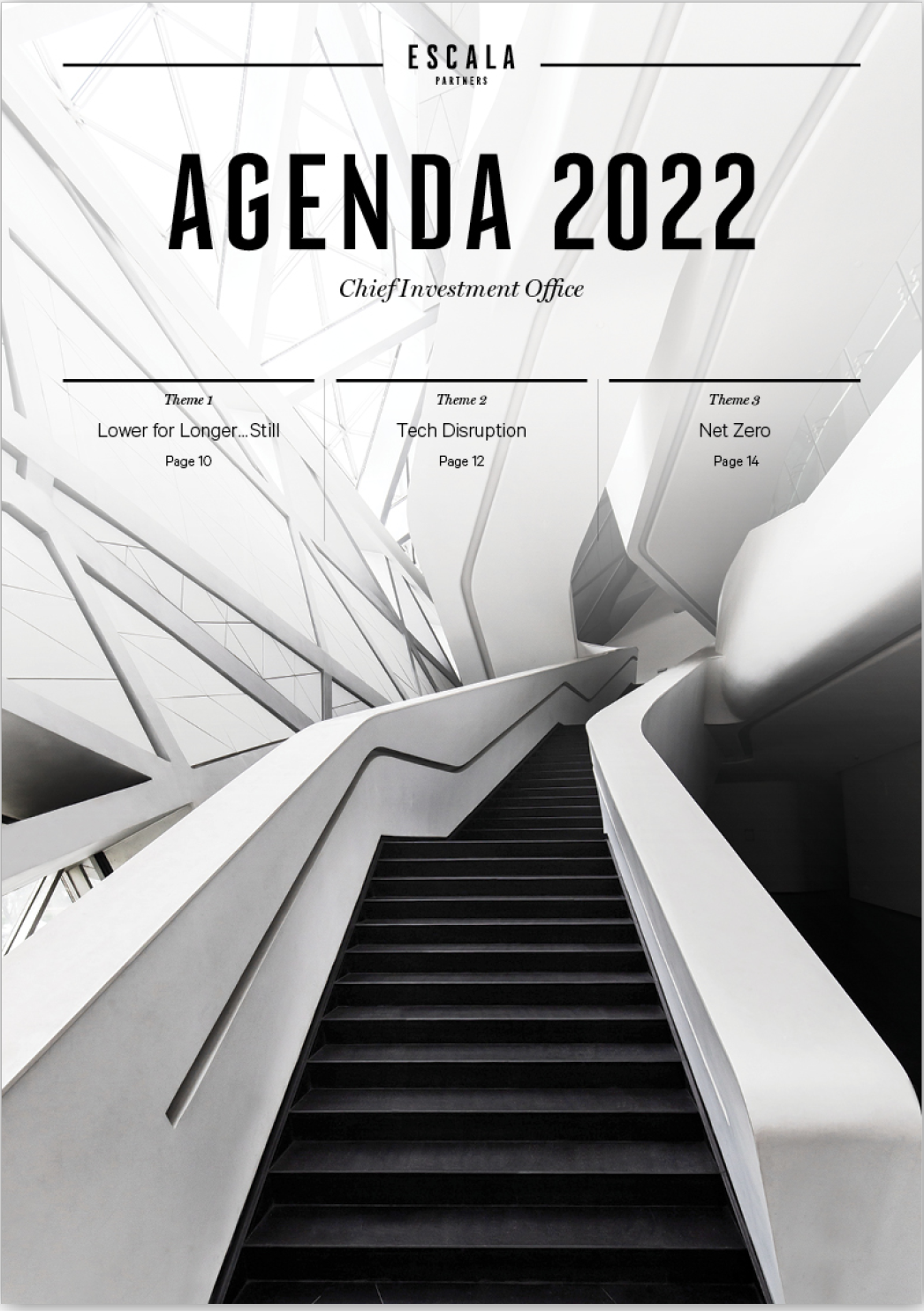-
Overview
Advancements in technology over the last two decades have made an enormous impact on our everyday lives and businesses alike. At the turn of the century, the internet was in its infancy, smart phones didn’t exist, social media was unknown and Google wasn’t a verb. Very little shopping was done online, traditional media of newspapers, TV and radio controlled the flow of information and entertainment and the sharing economy was yet to emerge.
Tech disruption has been a key driver in the rise of today’s global equity market leading companies. Without doubt, it is going to continue to be a central theme of investment markets in the decade ahead and one that has been accelerated through the COVID crisis of the last two years.
The global operational stock of industrial robots almost tripled between 2010 and 2020 (million units)

Source: IFR World Robotics 2021 Industrial Robots report
The disruptive technologies of today and the future vary between those less obvious and others that are clear and well established, while they touch all sectors of the equity market. Some of the more significant technologies that will enable the leading companies of tomorrow include cloud computing, artificial intelligence (AI) and machine learning, 3D printing, advanced robotics, blockchain technology and the internet of things.
Smart manufacturing is incorporating several of these technologies simultaneously, including the use of robotics, AI, cloud computing and 3D printing, while increasing levels of machine connectivity provides the data to improve efficiency and reduce downtime. The adoption of cloud computing has been critical for service delivery and to enable businesses to maintain operations through the disruptions caused by COVID. Together, with wide access to fast broadband and 5G networks, the delivery of information and applications has never been easier, while the transition to subscription models has reduced upfront IT costs and barriers to entry in many industries.
For consumers, some trends will continue to grow, including increasing penetration of eCommerce, streaming media services and more connected devices within the home.
Faster connectivity deployed in mobility, healthcare, manufacturing and retail alone could boost global GDP by US$1.2trn to US$2trn by 2030.
– McKinsey
Transport is a sector that will experience significant change over the next two decades. The electric vehicle revolution is already underway and is best represented by the rise of Tesla. Following this is expected to be the rollout of autonomous vehicles, which will utilise advanced AI, with benefits to flow through from vastly improved traffic management, fuel consumption and reduced road accidents.
In the last several years, technology has also begun to impact additional sectors of the economy, including those less susceptible to disruption due to higher levels of regulation, such as financial services and health care.
Within financial services, the rise of contactless payments, neobanks and credit providers such as buy now pay later (BNPL) companies have eaten into the market share of traditional banks, exposing cumbersome legacy systems. Additionally, the rapid evolution of blockchain technology has enormous implications for the future of financial settlements and how they are transacted through a decentralised and secure network, eliminating the need for intermediaries in the system.
In healthcare, telehealth services have seen rising adoption through COVID, blockchain will have various uses such as for secure medical record storage, while advanced genomics is leading to the more efficient diagnosis of disease in patients.
Many disruptive themes leverage off the growth in global 5G mobile subscriptions, which are forecast to expand from 660m in 2021 to 4.4bn in 2027.
– Ericsson
Global connected devices are expected to rise from 19bn in 2018 to 84bn in 2030

Source: Connected world: An evolution in connectivity beyond the 5G revolution; McKinsey Global Institute
Tech disruption has also impacted older industries such as agriculture to help solve the problem of feeding an ever-growing global population in a sustainable manner. This wave of innovation is being enabled by improving network coverage in rural areas, allowing a range of connected devices to monitor crops and livestock, while advancements in AI and robotics has led to greater autonomy in machinery and in new devices such as drones, reducing labour requirements.
How should one view tech disruption from an investment context? The companies at the forefront of tech disruption are typically classified as growth stocks, with much higher rates of earnings growth than the broader market, high levels of business reinvestment and low levels of tangible assets. With a greater proportion of their value longer-dated in nature, their value is enhanced by a lower-for-longer interest rate environment. We recommend an active management approach to identify the companies that can capitalise on each theme.
All sectors of the market will be touched by tech disruption in the coming decade.





